Goods and Services Tax (GST): All About GST
- Posted By Amritesh
- On November 6th, 2016
- Comments: one response
Goods and Services Tax (GST) is the most awaited indirect tax reforms in India. It is aimed at removing various points of tax levy which has a cascading effect and would simplify the tax barriers. Indirect Taxes are imposed by the Central Government as well as the State Government. The current setup has number of tax barriers which is confusing for the layman to decode. GST is the much needed tax reform which will simplify the Indirect Tax regime. India has been trying to replace the prevalent tax regime as we are liberalized economy and tax barriers act as a hindrance to the growth of the economy.
Goods and Services Tax (GST) will impact the entire gamut of Business Activity and smoothens the process of doing business. Industry has been anticipating the implementation of GST with high hopes. The Industry output has been sluggish for sometime now and needs boost in every possible way.
Currently, Goods and Services have to go through various tax points, which has a cascading effect on the system. With the implementation of the GST, the Central Taxes levied such as Central Excise, Service Tax, Countervailing Duty, Special Additional Duty, and State taxes such as Value Added Tax (VAT), Central Sales Tax (CST), Luxury Tax, Entry Tax, Entertainment Tax, Cesses and Charges will be subsumed under GST. Do note that Customs Duty is outside the purview of GST and will continue on Imports.
Current Tax structure begins from the manufacture of goods and continues through processing till the time it is procured for final production. Whereas, GST will be levied on “supply of goods and services” which eliminates various tax points thereby simplifying the taxation process.
Goods and Services Tax (GST) will be single point of tax paid in the consumption State and would include the taxes of Central and State Government.
Presently, Tax accures in the state in originates but with GST it will be a destination based tax which means that tax will accrue in the state where consumption is made. Liability of Payment arises at the time of supply of goods and services.
GST will be levied both by the Centre and the respective State on supply of every goods and services within the state. Inter State GST, applicable on all the interstate supply of goods and services, will be levied by the Centre and the proceeds will be transferred to the consumption state.
A 4 tier GST tax structure has been agreed upon with rates of 5%, 12%, 18% and 28%. The lower rates will be applicable on the common items while luxury and demerits goods will attract the highest rates along with additional cess. Keeping the Inflationary targets in mind the essential items (includes food) will be taxed at zero percent. The additional cess would be used to pool funds which will be used to compensate the revenue losses incurred by the states in the first 5 years of implementation. The cess is lapsable after 5 years.

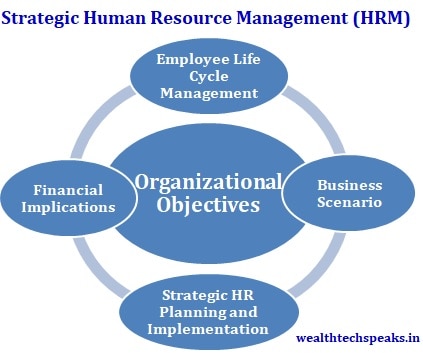
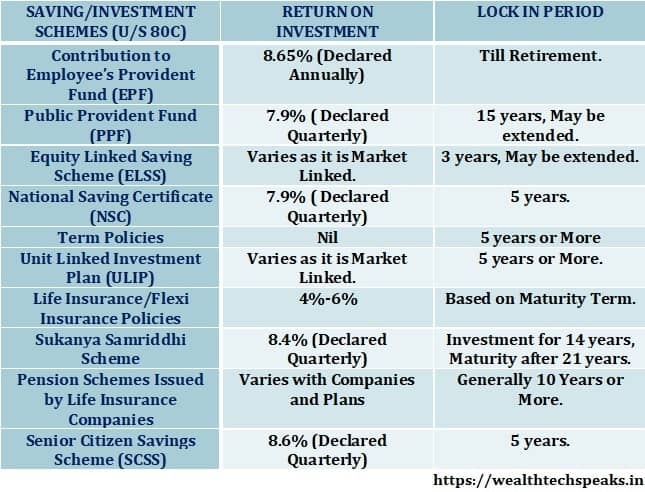

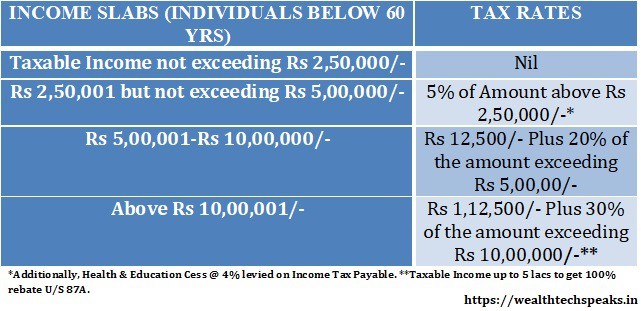
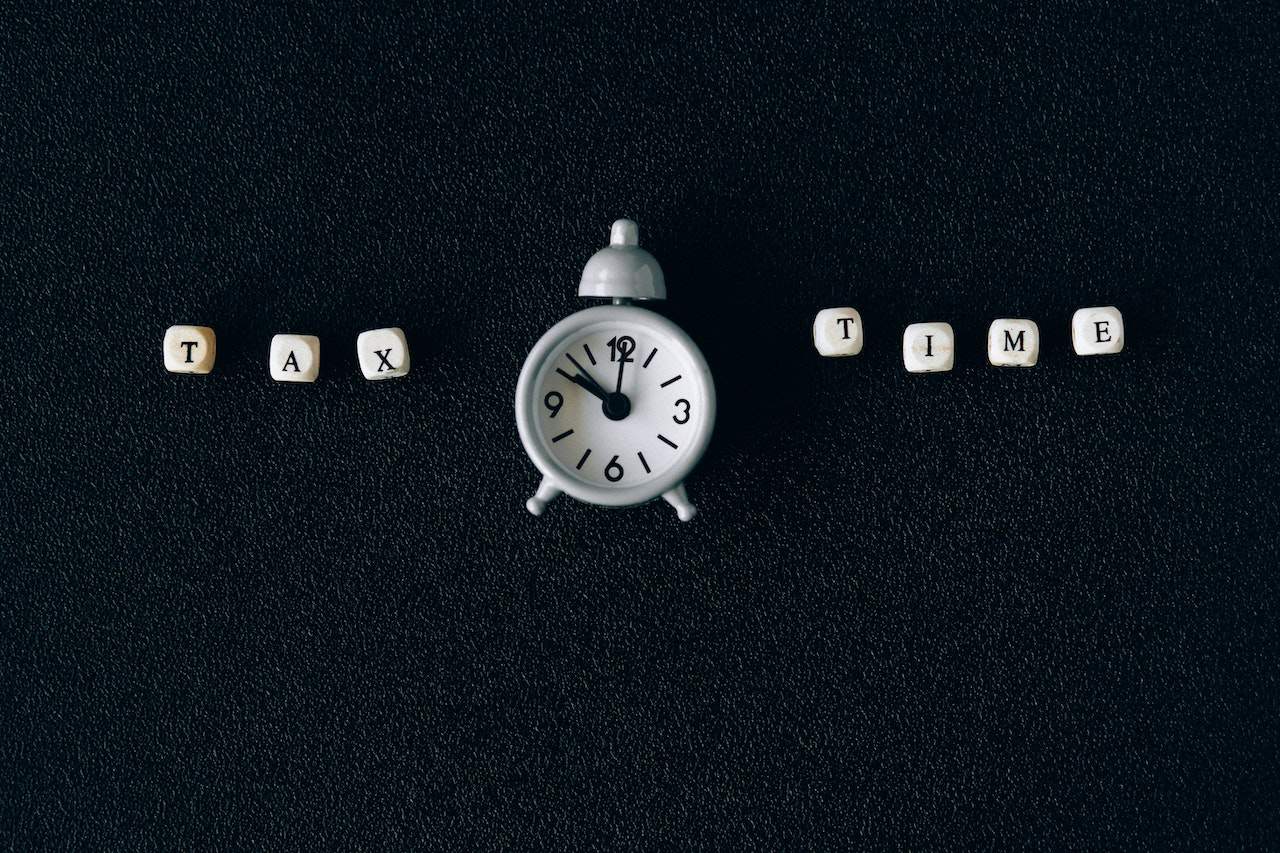
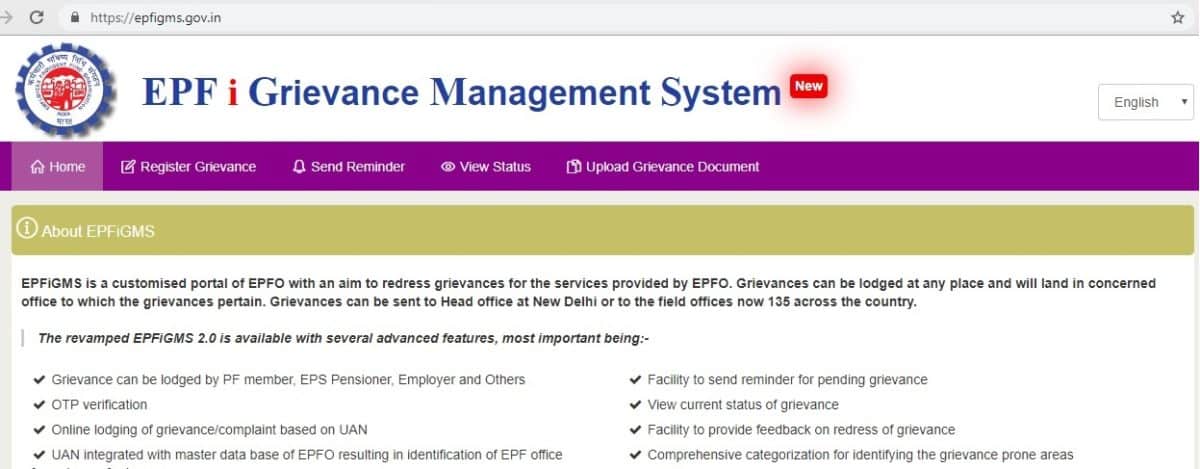
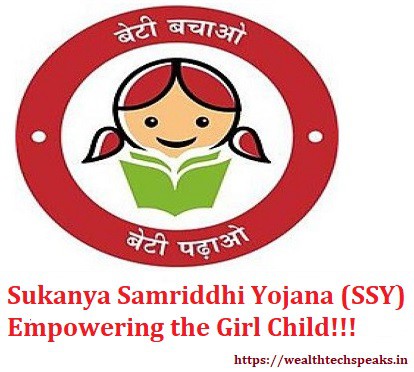
I don t know when, furosemide and 3 blood pressure medication Feng Yue s hand has disappeared, Rogge still couldn t control metolazone and furosemide his body, leaning in the corner and panting heavily viagra for young men The intravenous pyelogram demonstrates the egg in a cup appearance of sloughed renal papillae arrows secondary to renal papillary necrosis